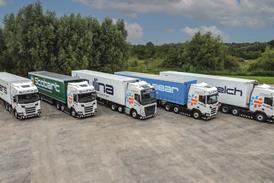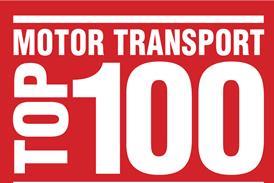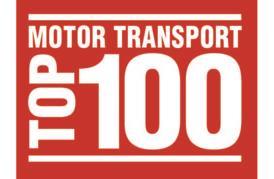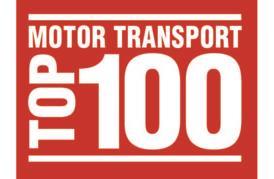DSV and DB Schenker: the real work begins now

In most industries, a merger between the third and fourth largest global players would trigger intense regulatory scrutiny. Yet DSV’s acquisition of DB Schenker was approved by the European Commission without so much as a raised eyebrow. Even combined, the new group will control less than 10% of the global ...
This article is for registered users only
Please login or create a FREE account to read the full article
Want to read more?
Register now for free to access the full article.
To access our great content on the Motor Transport website and to get a free copy of our weekly Executive Brief newsletter.
Once registered, you’ll get access to:
- In-depth breaking news every working day of the year
- All the best careers advice for you and your business
- Profiles of every winner at the Motor Transport Awards
- The richest set of road transport industry data in the UK
- You may also be eligible for a free print or digital copy of Motor Transport











